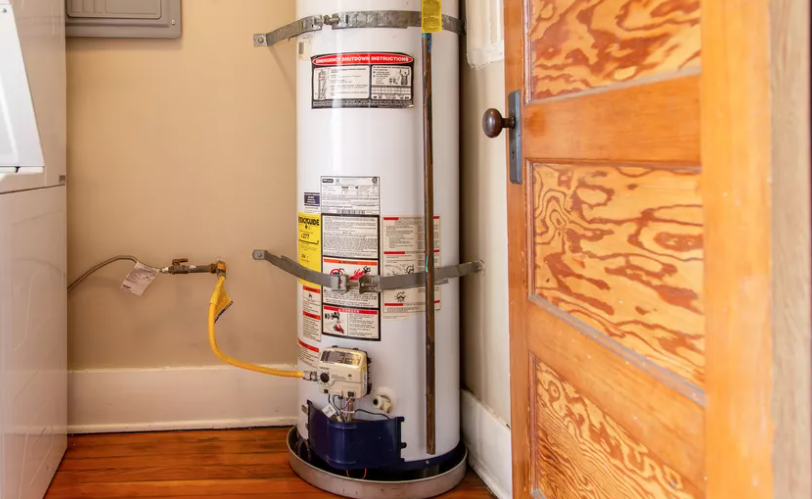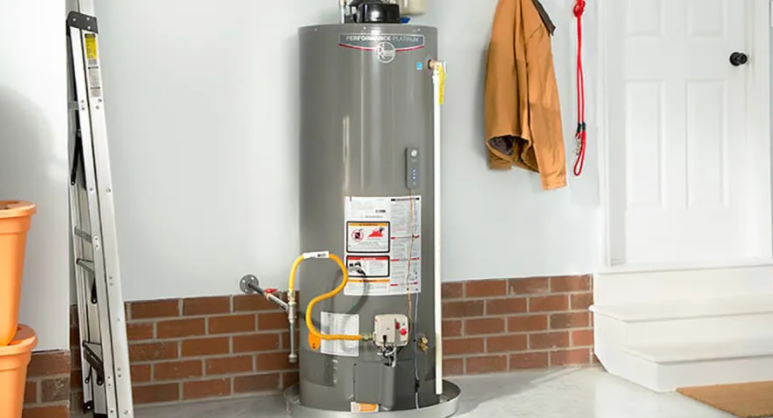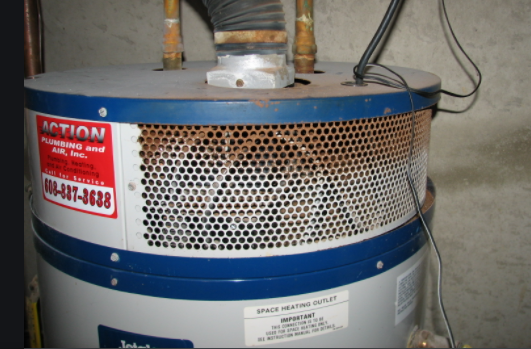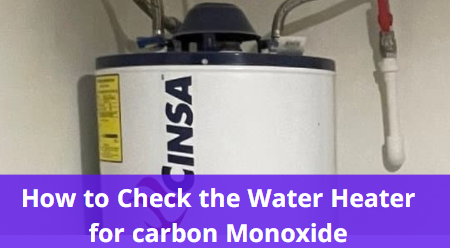The tank-style water heater is conventional and is mostly found in every household because they are not only durable but also inexpensive. However, have you ever wondered if it is health hazardous or not? To some extent, it is because it uses natural gas or propane to heat the cold water. This produces carbon monoxide that sometimes may cause leakage. In this blog, we are sharing some important factors to know about water heaters and how to check the water heater for carbon monoxide.
Any home appliance that utilizes natural gas opens the door to carbon mono-oxide leaks. Moreover, the daily use machines are fallible, and it is essential to have all the equipment and techniques to detect before it risks your family.
If you also use a water heater on a daily basis or any other devices that utilize natural gas, you need to keep a check on it. This article will make you comprehend to check CO.
Water Heaters Cause Carbon Monoxide Poisoning

Gas water heaters that release carbon monoxide usually have issues related to the venting of the exhaust. Moreover, if you have the heater poorly installed and neglected for a long time, it can also release CO gas at a high rate. There are different factors that play a crucial role in CO accumulation.
- Incorrectly installed: when the gas water heater is improperly installed, it releases excess CO in the air. Moreover, if the exhaust pipe has a horizontal and downward slope, multiple bends or diameter reduction, or any other reduction can make the heater release the harmful gases directly into the room.
- Plugged chimneys: not only obstruction in the water heater but the hurdles in the chimneys also block the ways of gases. When it happens, the gases start to accumulate in the pipe, and at the end, they scatter in the air. Sometimes the quantity is minor, but later it results in huge incidents.
- Insufficient combustion air: when a gas heater is installed in a small room without proper door vents, for example, one on the top of the door and one on the bottom of the door, there will not be enough fresh air for the gas water heater to ventilate properly.
- Low indoor air pressure: sometimes, when you try to clean the air with exhausts can backfire. There is a potential for low air pressure in the room, which can create a backdraft of the water heater exhaust. So, the combustion fumes from the water heater will be sucked back into the room.
Signs of carbon mono-oxide leaks

Carbon monoxide is a colorless as well as odorless gas that is why it is most likely to stay unnoticed. Burning fuels produce it during the operation. However, if you do not have a detector at your place, you may not realize that it is leaking unless someone shows symptoms.
The scariest part of this gas is that its symptoms are pretty normal that one does not realize until it does something big.
The symptoms may include
- Shortness of breath
- Dizziness
- Blurry Vision
- Headache and
- Weakness without any explanation or specific reason
Many people take these symptoms for granted as these are mild, but later they cause
- Cardiac diseases
- Irreversible brain damage
- Other fatalities
That is why if you have a natural gas combustion device without any CO detector; do not take these symptoms mildly because they can result in carbon monoxide, which can cause irreparable loss.
How to check Water Heater for Carbon Monoxide and Prevent It

There are several precautions and techniques that you can take to reduce the risk of carbon monoxide accumulation in your environment, whether at home or the workplace. Some of the authentic methods are mentioned to keep a check on CP. Let’s walk through them.
Use a carbon monoxide detector
Placing a carbon monoxide detector at the place near the devices that consume natural gases, specifically water heaters, to know if the air you are breathing is safe or not. Moreover, offices, hostels, and recreational facilities must have one at the place.
CO detector works with a mechanism similar to fire alarms. It starts ringing when the CO level exceeds the safe limit. Many have a digital display to show the CO level in the air. But, when you have one, ensure to change the batteries regularly. Moreover, if you have had the detector for more than five years, consider replacing it with a new one.
Every state is different regarding the requirements of CO like hostels, workplace, school, lodging, etc. It would be best if you spread it like the fire alarms, for example, one for each floor.
Service your water heater regularly
Devices that we use daily are more likely to get damaged and prone to leak carbon monoxide to a greater extent. Home furnaces and water heaters are the major sources of CO poisoning, typically from poorly vented fuel sources and leaking pipe vents.
One of the best ways to avoid CO accumulation in the air that can be harmful to your health is to clean them regularly. Moreover, make sure to have your water heaters very well inspected by professionals once or twice a year because extra care does not hurt.
Pay attention to gas smell and leaks

Natural senses are the best sensors to tell if your surroundings are favorable or not. If you have a leaking or an odd odor coming from appliances like a refrigerator, water heater, it means that you have gas leakage in your surroundings.
Whenever you feel that you do not overlook it by considering a minor leakage, it can choke you to death. Call a professional repair person in order to have a thorough inspection.
Ventilation
Ventilation is the most important thing to do when you are keeping a natural gas or propane consumption device. The water heaters use natural gas for combustion to heat the water and, in return, release many harmful gases, for example, carbon monoxide.
When you are installing the water heater, try to put it in an open or well-ventilated area. But, if you do not have such a place, keep the window open so the natural air will normalize the PH of the air. It would ensure the sound health and long life of the device.
Conclusion
A gas water heater is a home appliance that you can find at every second house. But, people do not take proper care regarding its harmful gases and ventilation. The above-mentioned precautionary measures and signs will help you detect the presence of carbon monoxide. Moreover, you are directed to have a CO detector at your place to keep the check about the level of CO in the environment. If you take the proper care of ventilation, it will also normalize the air.
